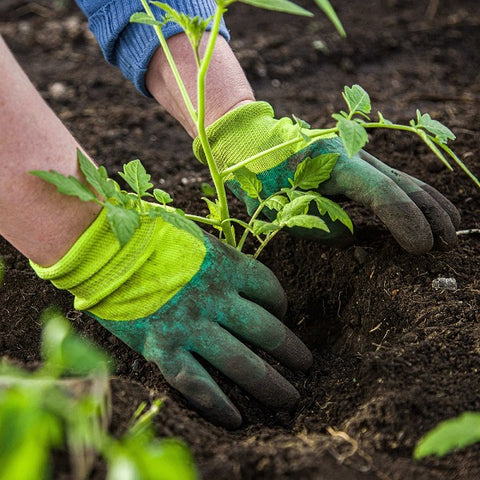The layout that works best for your garden depends on several factors. Whether you're planning an underground, raised bed, or some other type of garden, you need to think about what crops you plan to grow, how much space each crop will need, and how much daylight you'll need. Considering all of these factors can be daunting at first! This is broken down into a plan to make it easier for you to understand.The following content also has some reference value for raised garden beds.
Step 1: Decide which method to use
The layout of your garden depends in part on the technology you will be using. Raised beds are beautiful and popular
But that kind of rototiller parallel row garden is largely a thing of the past because it wastes too much space, destroys the soil ecosystem, and creates a hard patch deep in the soil.
After years of composting, proper mineral and microbial tea, they are rich, loose and fragile. But as long as you take care of your soil, any style of garden will work.
Step 2: Floor plan
Next, trace your garden space on square paper, or use a ruler on regular paper to trace 1-foot marks along the bottom and sides.
Position your garden bed so that you can drag the hose along the path between the beds rather than across them. Even if you're going to use drip irrigation or a leaky pipe, sometimes you need a hose.
In general, you can get further on a raised bed than in an underground garden.
If you're new to gardening, I recommend keeping your garden small and simple and avoiding anything fancy like a circular garden or winding paths.
Step 3: Plant the plants
You can make a list of plants you plan to grow, and most home-grown produce is much larger than what you buy at the supermarket, so consider that a healthy beet plant will provide many 18-24 "leaves, and if you harvest a zucchini plant when it's small and tender, it could yield four or five pumpkins a week.
A single carrot plant obviously takes up a lot less garden space than a zucchini plant, so knowing the proper spacing is very important when determining how many to buy from the nursery (or start indoors in advance) or how many seeds to plant. Don't let your crops compete with each other for sunlight, soil nutrients, or water.
Most vegetables need at least eight hours of full sun a day, and peppers, tomatoes, squash, herbs, and eggplants need full sun all day. If your area has only partial sun or full shade, beans, beets, lettuce, radishes are more shade tolerant vegetables.
Plant the tallest crops, such as corn and indeterminate tomatoes, on the north side of the garden. This will prevent them from obscuring smaller plants.
I like to grow different crops in the same bed, like carrots and tomatoes, or romaine lettuce and spinach. Some plants have other plants that they like or dislike, and taking advantage of this is called companion planting. Companion planting can also confuse insects. But if you're just starting out, don't worry about that.









